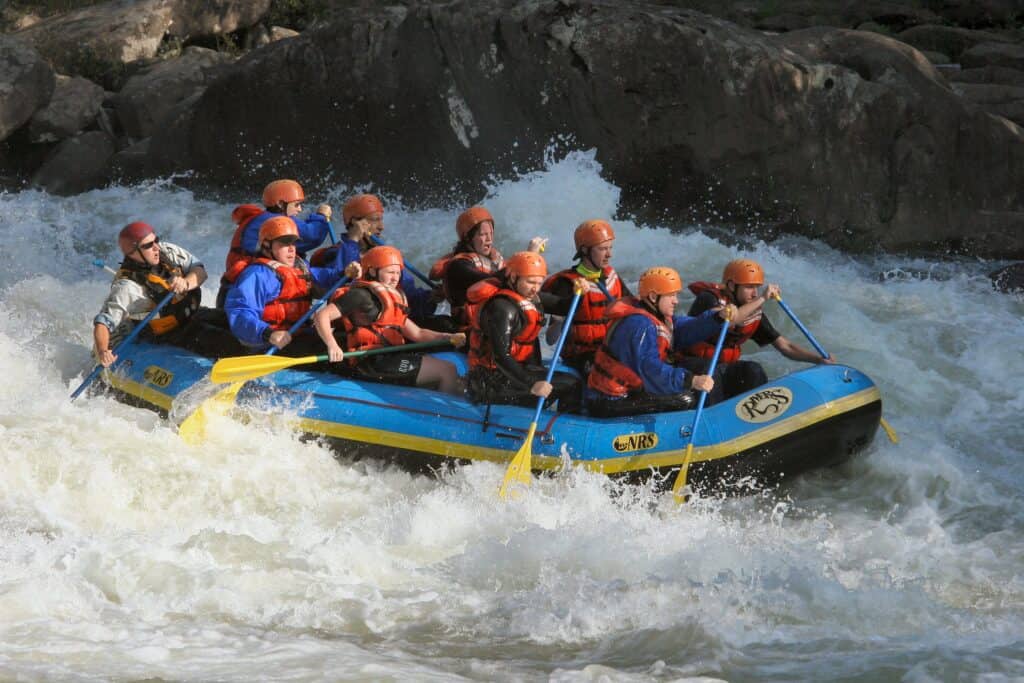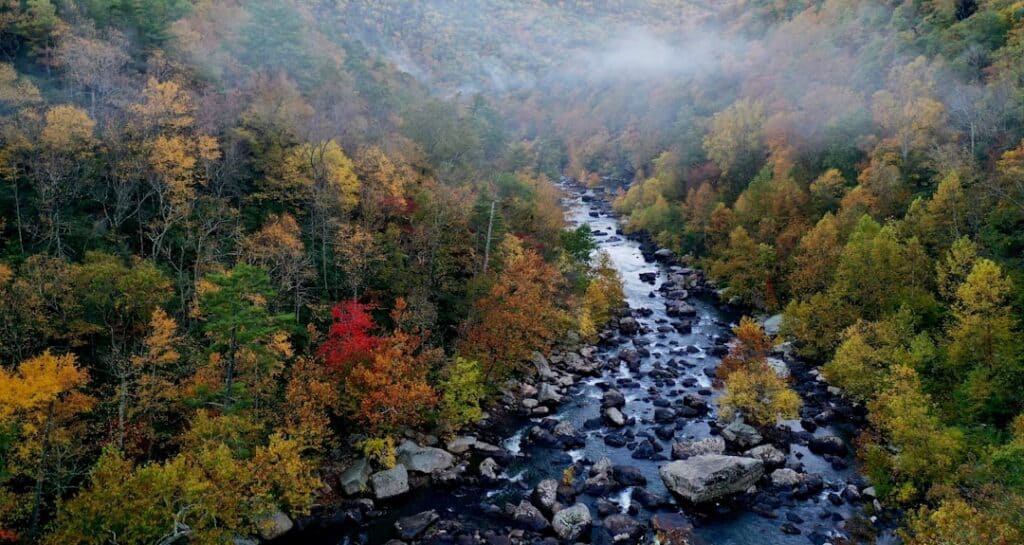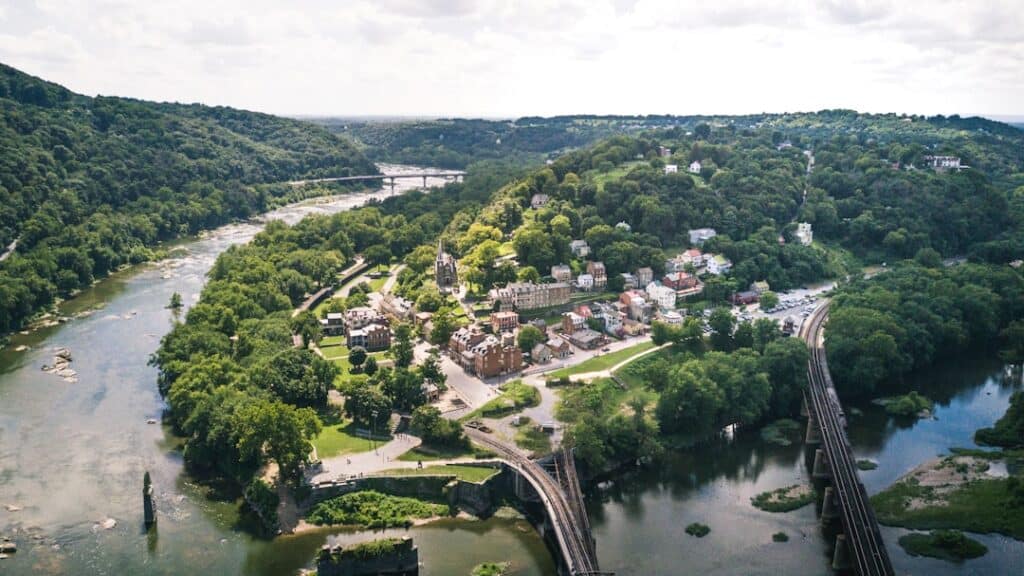West Virginia
The Mountain State or West Virginia is an incredible outdoor destinations despite being among the ten smallest states in the country. Indeed, so many songs have been written about the enthralling beauty of this state. From its deep and dense forests to its high, snow-capped peaks, know more about this beautiful state here.
Geography
Located in the Mid-Atlantic, Appalachian, Southeastern region of the United States, West Virginia is a relatively small state. It ranks as the 10th smallest state in the country. This small state is actually bordered by Pennsylvania, Maryland, Virginia, Kentucky, and Ohio.
Nicknamed The Mountain State, West Virginia is truly known for its peaks and for being a rugged, mountainous state. In fact, the average elevation of the state is 1,500 feet above sea level which makes it the highest elevated state east of the Mississippi River. The state straddles two regions of the Appalachia: the Appalachian mixed mesophytic forests ecoregion and the Appalachian-Blue Ridge forests. West Virginia takes up more of the Appalachian mixed mesophytic forests ecoregion which has a lower, but still pretty high, elevation compared to the latter.
As you would expect, West Virginia is teeming with wildlife. It is incredibly scenic, having many songs written after its beautiful, rugged landscapes. The state is incredibly abundant in mineral resources as well, hence why it can also be sometimes referred to as the ‘the cog state’ alongside being the ‘mountain state’.
History
The geological history of the West Virginian region can be observed through the variety of rock strata in the area. The Appalachian Mountains are some of the oldest mountains on Earth. These mountains formed more than three hundred million years. It has rose and fell many times throughout millions of years. This much history makes the state incredibly fascinating, translating to the beauty of its stones and landscapes.
In terms of human history, on the other hand, a 2010 analysis of the stalagmites in certain parts of West Virginia found that Native Americans have been burning forests and clearing land as early as 100 BCE for permanent settlement. Various tribes and indigenous groups coexisted in the region. Naturally, some fought while others lived alongside each other.
In 1671, however, the English would start exploring the West Virginian territory. The exploration lead by General Abraham Wood is, at least, the first recorded exploration of the area. By the 19th century, the demographic composition of West Virginia is quite unusual and a lot more diverse than other states having Germans, Scottish-Irish, and settles that came from the ‘far south’. They are often of different religion, too. This diversity is possibly why West Virginia were among the earlier progressive states pushing for democratic forms of governance.
Weather
West Virginia has a type of climate that can generally be identified as humid subtropical climate. It experiences warm, humid summers and chilly winters. For the most part, West Virginia’s climate is pretty temperate. As with any parts of the world, however, the higher the elevation the colder it becomes. Consequently, the warmest parts have the lowest elevation.
Tourism
West Virginia is riddled with so many beautiful destinations. Some of the spots you should not miss are Harpers Ferry, Seneca Rocks and Monongahela National Forest, and for some worldclass skiin experience: Snowshoe. Of course, its wilderness, mountains, and fast running rivers are all worth seeing and experiencing for yourself.
Key information about West Virginia
📍 Area: 62,755 km2
👥 Population: 1,795,045
🏛️ Capital: Charleston
🏢 Major cities: Huntington, Morgantown, Parkersburg
🔢 Number of counties: 55
📋 Postal Abbreviation: WV
📖 Primary language/s: English
📌 Nearby states: Maryland, Pennsylvania, Virginia, Ohio, Kentucky




